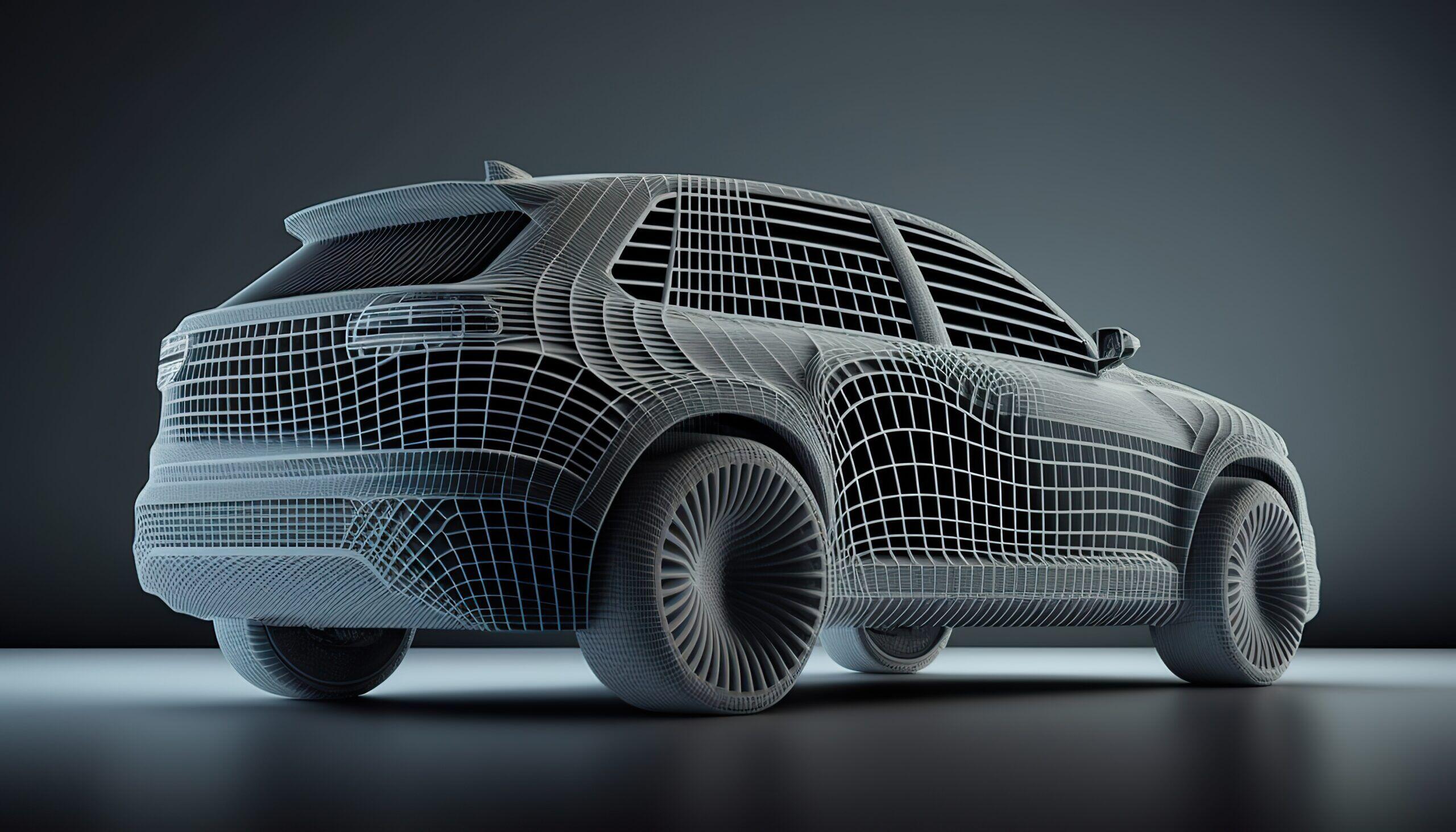Many things are to consider when converting CAD data into 3D models which can be use for sales and marketing via digital channels. In this article we try to explain the challenges and pitfalls to consider and possible solutions for Enterprises.
Inadequate optimization
High-polygon CAD models may not perform well in real-time 3D environments, leading to slow loading times and poor performance. Not optimizing these models by reducing polygon count and simplifying geometry can be a major mistake.
Poor texture compression
Using large or uncompressed textures can significantly increase the file size and loading time of real-time 3D models. Failing to compress textures or use appropriate formats can negatively impact performance.
Ignoring Level of Detail (LOD) optimization
Not creating multiple LODs for real-time 3D models can lead to rendering issues and performance problems, especially when viewed from varying distances.
Neglecting proper UV mapping
Inaccurate or inconsistent UV mapping can result in texture distortion and visual artifacts in the real-time 3D model. It is important to ensure proper UV mapping during the conversion process.
Inefficient use of materials and shaders
Using too many materials or overly complex shaders can negatively impact the performance of real-time 3D models. Consolidating materials and using efficient shaders can help optimize the model.
Overlooking PBR (Physically Based Rendering) compatibility
Not considering PBR compatibility during the conversion process can result in unrealistic or inconsistent appearance of the real-time 3D model compared to the original CAD data.
Inaccurate scaling
Failing to maintain correct scaling and units when converting CAD data to real-time 3D models can lead to inaccuracies and inconsistencies in size and proportions.
Losing important metadata
Ignoring metadata, such as part names, material information, or assembly structure, during the conversion process can make it difficult to work with the real-time 3D model and limit its usability.
Not verifying the conversion
Skipping the step of checking the converted real-time 3D model for errors, missing parts, or other issues can lead to poor-quality models and further complications down the line.
Rely on automated conversion tools
While automated conversion tools can be helpful, relying solely on them without manual intervention and optimization can result in suboptimal real-time 3D models. It is important to balance automation with manual review and optimization to ensure the best results.
Conclusion
ZREALITY streamlines the intricate 3D data conversion process through our exclusive service, utilizing cutting-edge technology and AI to transform CAD data into realistic 3D assets for marketing. We consider conversion, component views, and web loading time optimization while offering a simple flat-rate pricing model.
Interested? Contact us today!
